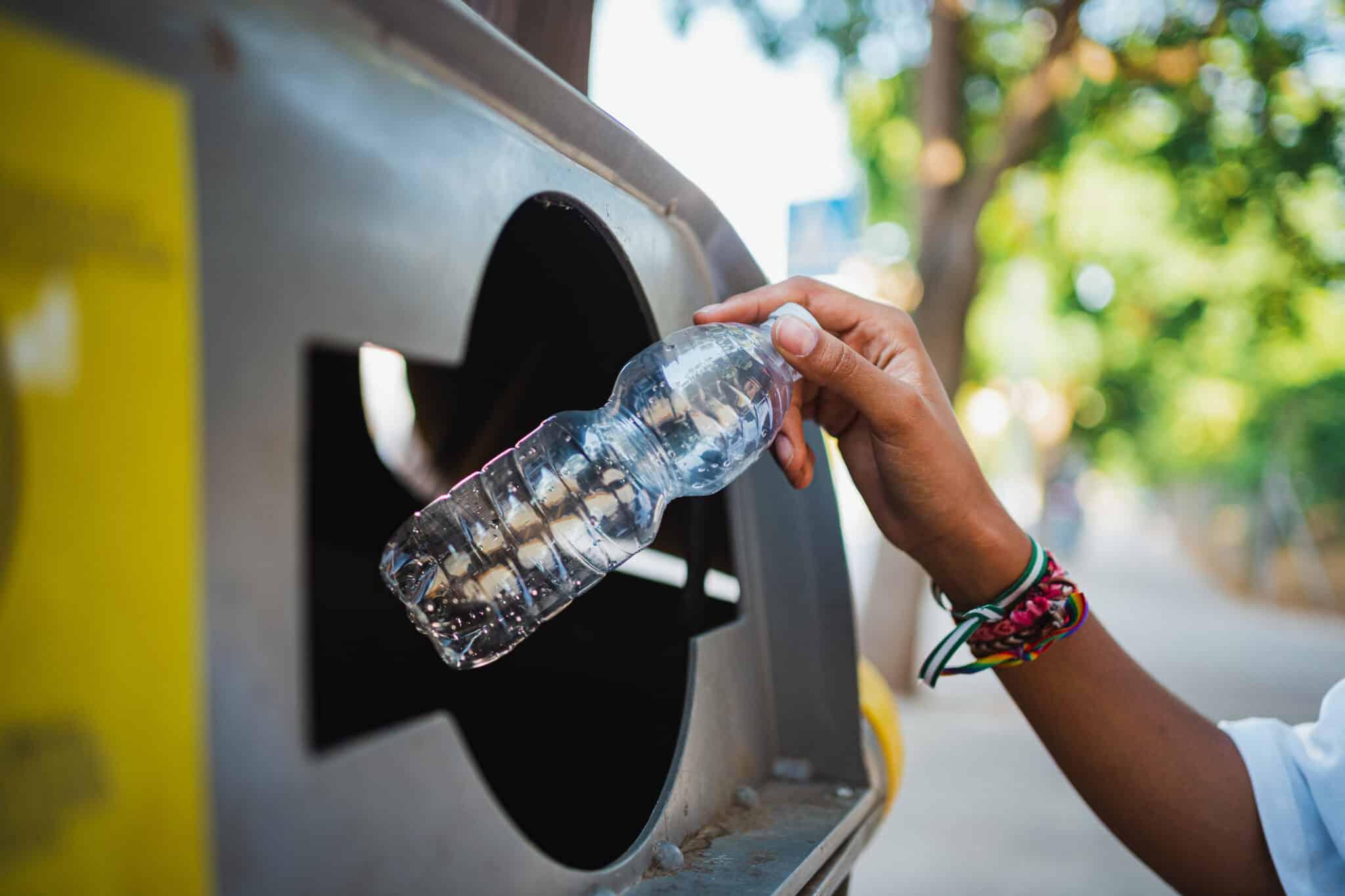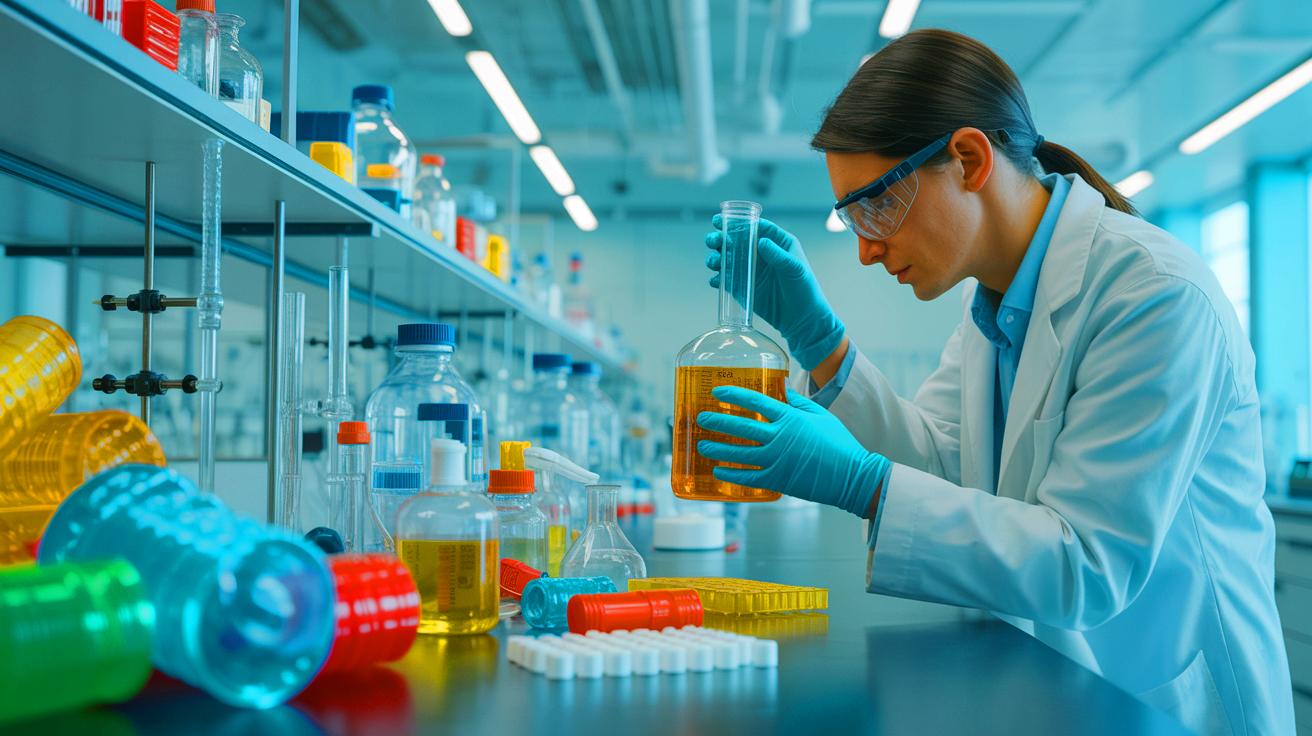- 🌿 Scottish chemists have discovered a method to produce paracetamol from plastic waste, offering a sustainable solution.
- 🔬 The process involves using Escherichia coli bacteria to transform components from PET bottles into valuable compounds.
- 🚧 Despite its promise, the method faces challenges in scaling up for industrial applications and requires further optimization.
- 🌍 Environmental organizations remain skeptical about the scalability of this innovation in addressing global plastic pollution.
Imagine a world where the immense problem of plastic waste is turned into a solution for pain relief. This is not science fiction but a groundbreaking reality, thanks to a team of Scottish chemists. By leveraging the power of bacteria, they have discovered a method to produce paracetamol, one of the most common pain relievers, from plastic waste. This innovative approach could potentially revolutionize the way we handle plastic waste, offering a dual benefit of waste reduction and pharmaceutical production. However, the journey from laboratory success to industrial application is fraught with challenges and skepticism from environmental organizations.
A Remarkable Process of Transformation
Paracetamol has been a staple in pain and fever relief since the 1950s. Traditionally manufactured in Asia using cost-effective but environmentally harmful methods, this common medication is known under names like Tylenol and Panadol in the United States. The recent breakthrough by researchers at the University of Edinburgh involves an unexpected ingredient: plastic waste. Specifically, the researchers used components from polyethylene terephthalate (PET) bottles to initiate a chemical reaction within Escherichia coli bacteria. This process led to the creation of para-aminobenzoic acid (PABA), also known as Vitamin B10, and ultimately paracetamol through genetic modification of the bacteria.
The study, published in Nature Chemistry, showcases a potential pathway for the revalorization of plastic waste. By using a novel combination of biology and chemistry, the researchers have opened the door to new possibilities in both waste management and pharmaceutical production. However, significant work remains to transition from proof of concept to practical application.
Promising Yet Limited Discoveries
While the study serves as a proof of concept, practical hurdles must be overcome before scaling up the process. The initial chemical reaction produces only a limited quantity of PABA molecules, insufficient for industrial-scale applications. Despite this limitation, the experiment highlights the potential of combining biological processes with artificial chemical reactions. The research signifies a breakthrough in methods typically unattainable through conventional chemical or biological synthesis.
Environmental organizations, however, remain cautious. As reported by France 24, groups like the NGO Beyond Plastic express skepticism about the discovery’s ability to address the broader issue of plastic pollution. Their concerns lie in the scalability of such innovations, emphasizing that while promising, these methods might not provide a comprehensive solution to the global plastic crisis.
Environmental and Industrial Implications
The potential to convert plastic waste into pharmaceuticals offers a dual advantage: reducing environmental pollution and creating valuable products. However, the process must be refined to meet industrial demands. This involves enhancing the yield of PABA and ensuring the economic viability of the method. Successfully scaling this process could lead to a significant reduction in the reliance on traditional, pollutant-heavy manufacturing techniques.

Moreover, the environmental benefits extend beyond waste reduction. By creating a demand for plastic waste, this method could incentivize recycling and reduce the amount of plastic entering landfills and oceans. Yet, these environmental gains must be balanced against the energy and resource requirements of the process itself, necessitating further research into its overall sustainability.
The Road Ahead: Challenges and Opportunities
The journey from laboratory discovery to industrial application is rarely straightforward. The next steps involve optimizing the process to increase yield and ensure it meets regulatory standards for pharmaceutical production. Collaboration between scientists, industry leaders, and policymakers will be crucial to realize the full potential of this innovation.
As the world grapples with the dual challenges of plastic waste and pharmaceutical demand, this research offers a glimpse into a future where the two issues could be addressed simultaneously. However, it raises important questions about the feasibility and impact of such solutions on a global scale. Could this approach become a cornerstone of sustainable waste management and pharmaceutical production, or will it remain a laboratory curiosity?
As we ponder the potential of turning trash into treasure, one question remains: How far are we willing to innovate to solve the problems of today and tomorrow?
This article is based on verified sources and supported by editorial technologies.
Did you like it? 4.5/5 (24)
